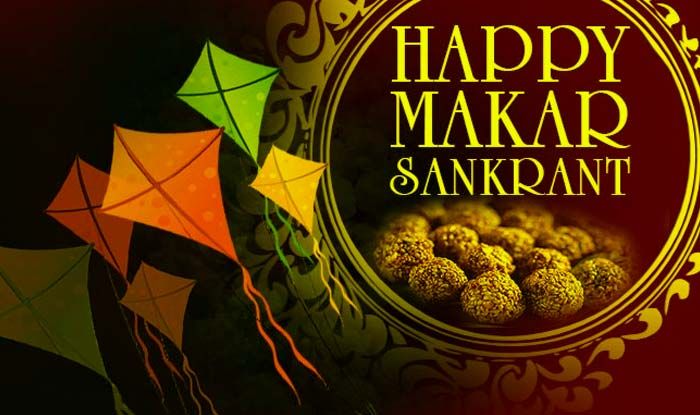
Makar Sankranti, a vibrant and widely celebrated festival in India, holds profound cultural, religious, and astronomical significance. Observed on January 14th or 15th every year, Makar Sankranti marks the transition of the sun into the zodiac sign of Capricorn (Makara). This festival, known by different names in various regions of the country, is celebrated with diverse customs, rituals, and festivities, making it a unique and integral part of India’s cultural tapestry.
1. Astronomical Significance:
At its core, Makar Sankranti is an astronomical event tied to the movement of the sun. It signifies the beginning of Uttarayana, the northward journey of the sun. In Hindu astrology, the sun’s transition into Capricorn marks a significant shift in the Earth’s axial tilt, leading to longer days and shorter nights. The term “Makar Sankranti” itself is derived from the Sanskrit words “Makar” (Capricorn) and “Sankranti” (transition), emphasizing the celestial aspect of the festival.
2. Harvest Festival:
Makar Sankranti is widely celebrated as a harvest festival across India. It coincides with the conclusion of the winter harvest season, and farmers express gratitude for a bountiful harvest. The festival is a time of joy and festivities, with communities coming together to celebrate the abundance of crops, symbolizing prosperity and the cyclical nature of agricultural life.
3. Cultural and Regional Diversity:
One of the distinctive features of Makar Sankranti is its diverse celebration across different regions of India. In the state of Gujarat, the festival is synonymous with the vibrant kite-flying festival known as Uttarayan. In Maharashtra, it is celebrated as Makar Sankrant, accompanied by the exchange of tilgul (sesame and jaggery sweets) and the ritualistic act of giving and receiving blessings. In South India, particularly in Tamil Nadu, it is known as Pongal and is marked by the preparation of a special dish called Pongal, made from newly harvested rice.
4. Religious Significance:
Makar Sankranti holds religious significance in Hinduism. Devotees often take ritualistic baths in sacred rivers, such as the Ganges, Yamuna, and Godavari, to cleanse themselves of sins and seek blessings for the future. Temples witness increased footfall as people offer prayers to the sun god, Surya, expressing gratitude for the sustenance and energy provided by the sun.
5. Transition of Seasons:
The festival also signifies the transition from winter to spring. As the sun begins its northward journey, the days gradually become warmer, and the air carries a sense of rejuvenation. Makar Sankranti serves as a cultural marker for the changing seasons, inspiring people to embrace the warmth and vitality that comes with the onset of spring.
6. Social Harmony and Community Bonding:
Makar Sankranti promotes social harmony and community bonding. Families and friends come together to celebrate the festival, sharing traditional foods, participating in rituals, and enjoying cultural activities. The act of flying kites, particularly in Gujarat, symbolizes a spirit of friendly competition and camaraderie, fostering a sense of unity among communities.
7. Scientific Understanding and Traditions:
The festival is a testament to the ancient Indian understanding of astronomy and the cyclical nature of time. The alignment of Makar Sankranti with the sun’s movement reflects the rich scientific knowledge embedded in Indian traditions. The integration of this understanding into cultural and religious practices underscores the holistic approach that has characterized Indian civilization.
8. Reverence for Nature:
Makar Sankranti embodies a deep reverence for nature. The festival celebrates the interconnectedness of human life with the natural world and the dependence on the sun for sustenance. The rituals and customs associated with Makar Sankranti reflect a harmonious relationship with the environment, encouraging gratitude and responsible stewardship of natural resources.

In conclusion, Makar Sankranti is a celebration that weaves together astronomy, agriculture, culture, and spirituality. Its significance goes beyond the ritualistic aspects, encompassing the values of gratitude, community, and harmony with nature. As the sun embarks on its northward journey, Makar Sankranti becomes a metaphor for the journey of life, with its cyclical patterns of growth, abundance, and renewal. The festival, celebrated with diverse traditions across the nation, stands as a testament to the rich tapestry of India’s cultural heritage.






